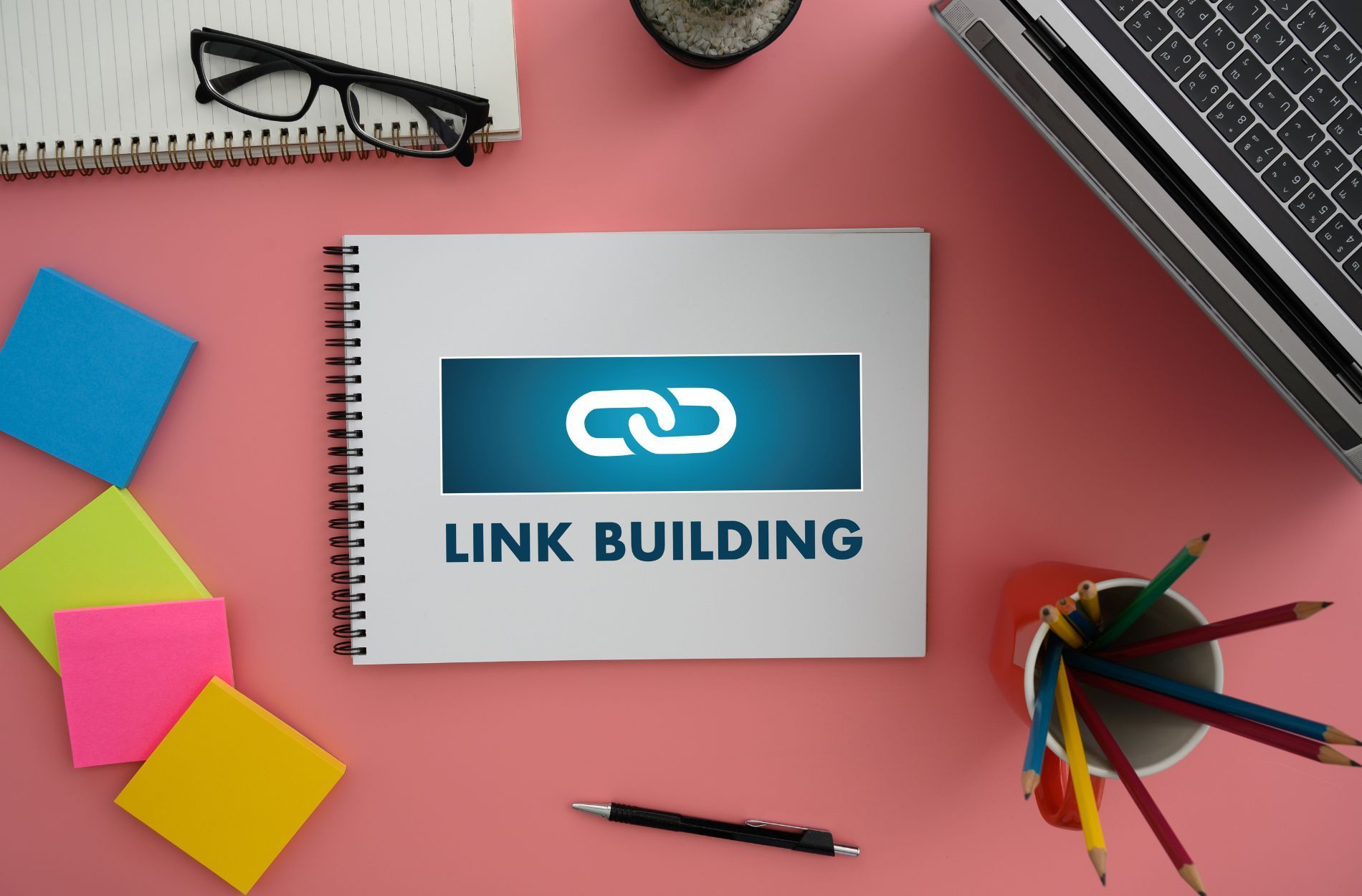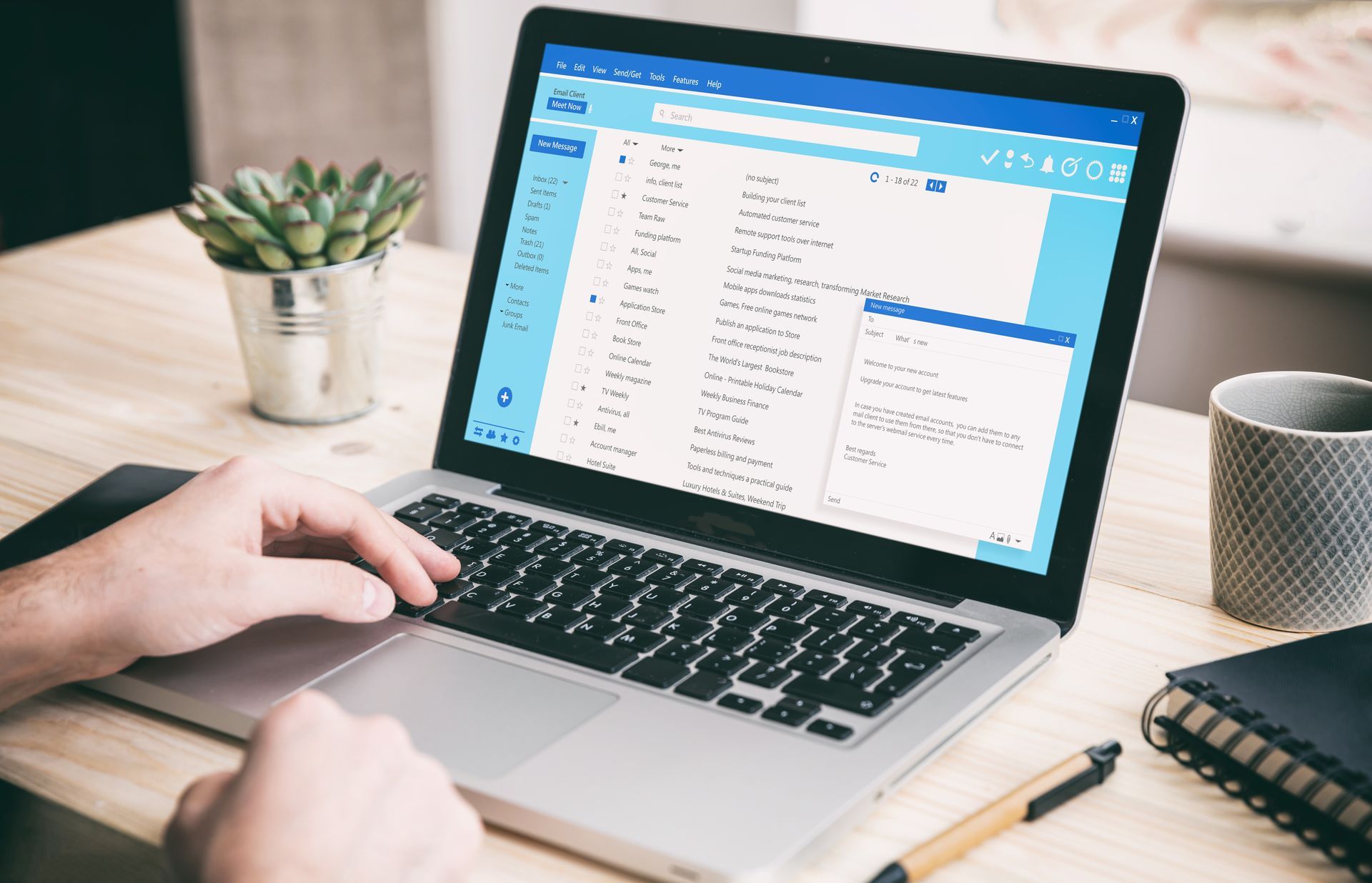Discover the Pros & Cons of Paid Traffic vs Organic Traffic
In today's digital age, businesses face the challenge of driving website traffic. With the many options available, deciding which traffic generation method is best suited for your business can take time. Two of the most popular methods are paid traffic and organic traffic.
Understanding Paid Traffic
Paid traffic is when businesses pay for their website to appear at the top of search engine results pages (SERPs). This method is commonly known as pay-per-click (PPC) advertising. PPC advertising platforms like Google AdWords, Bing Ads, and Facebook Ads allow businesses to place ads on their networks and only pay when someone clicks on their ad.
1. Pros of Paid Traffic
One of the most significant advantages of paid traffic is that it can generate immediate results. Paid traffic campaigns can be set up relatively quickly, and businesses can start seeing results as soon as their ads go live. Additionally, paid traffic can be highly targeted, allowing businesses to reach their desired audience more effectively. PPC advertising platforms allow businesses to target their ads based on demographics, interests, location, and more. This means businesses can reach the people most likely to convert into customers.
2. Cons of Paid Traffic
The biggest disadvantage of paid traffic is that it can be expensive. Businesses need to pay for every click on their ad, and the cost per click can vary depending on the competition. This means businesses with smaller budgets need help to juggle to compete with larger businesses with bigger budgets. Additionally, paid traffic can be less effective in the long term, as businesses must keep paying for their ads to stay at the top of SERPs.
3. Understanding Organic Traffic
Organic traffic is when businesses appear at the top of SERPs without paying for their position. This is achieved through search engine optimisation (SEO), which involves optimising a website's content, structure, and backlinks to rank higher in search engine results. Unlike paid traffic, organic traffic takes time to generate, and businesses need to invest in SEO strategies to improve their rankings over time.
4. Pros of Organic Traffic
The biggest advantage of organic traffic is that it is more cost-effective than paid traffic. Businesses don't need to pay for every click on their website, and once they rank at the top of SERPs, they can continue to generate traffic without paying for it. Additionally, organic traffic is more sustainable in the long term. Once a website reaches the top of SERPs, it is less likely to lose its position as long as it maintains its SEO strategies.
5. Cons of Organic Traffic
The biggest disadvantage of organic traffic is that it takes time to generate. Businesses must invest in SEO strategies and wait for their efforts to pay off. Additionally, organic traffic can be less targeted than paid traffic. While businesses can optimise their content for specific keywords, they cannot guarantee that their website will appear in front of their desired audience.
Conclusion
Both paid traffic and organic traffic have their pros and cons. While paid traffic can generate immediate results and be highly targeted, it can also be expensive and less effective in the long term. On the other hand, organic traffic is more cost-effective and sustainable but takes time to generate and can be less targeted. Ultimately, businesses must consider their goals, budget, and audience when deciding how to generate traffic that is best for them.
Are you looking for the best digital marketing agency in the UK ? At Market Grab, We provide top-notch search engine and digital marketing services to help businesses grow locally and globally. Contact us today!










